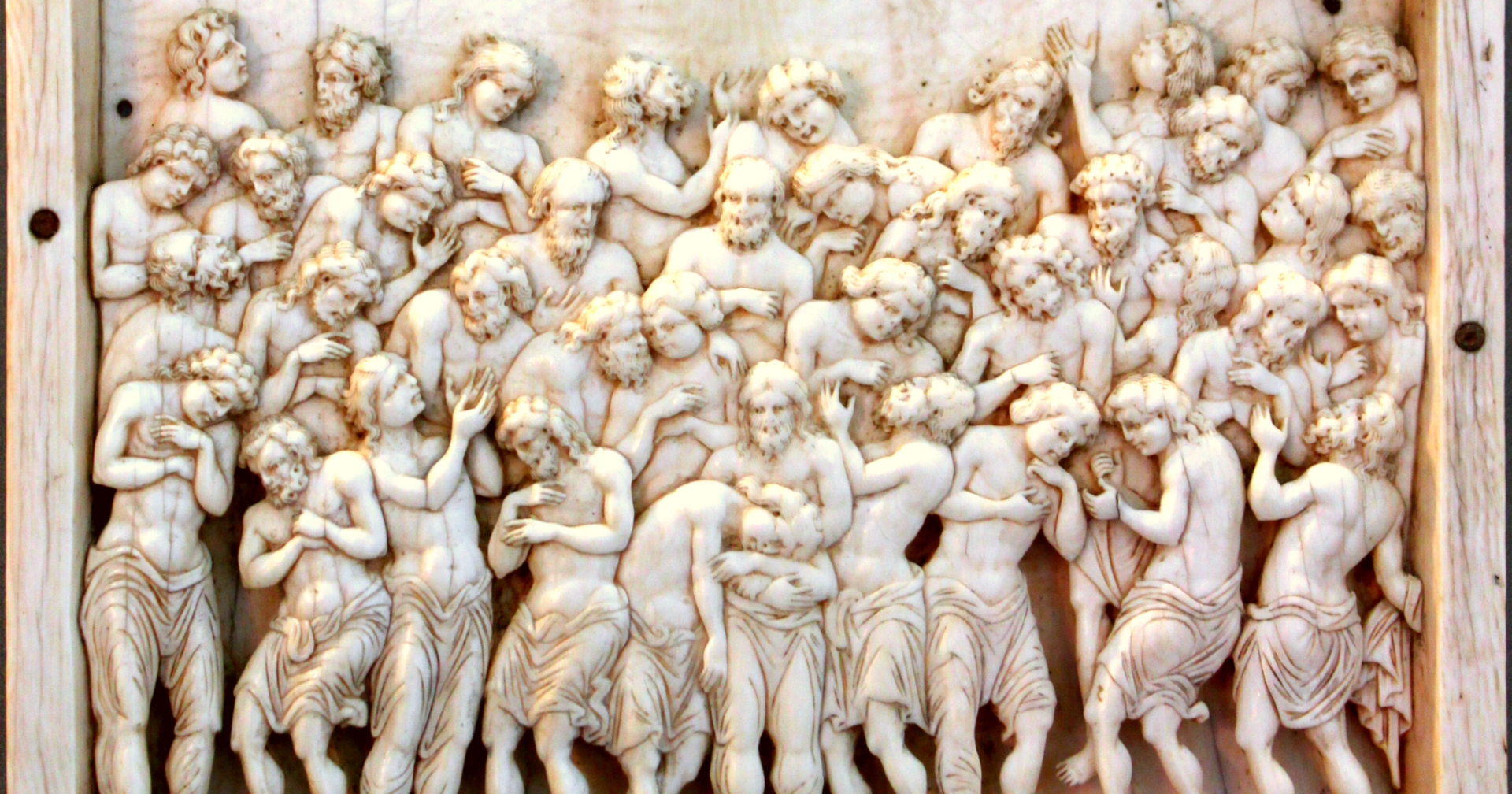Who are the Forty Martyrs of Sabaste?
In 320 AD, a group of soldiers in a Roman legion called “Armed with Lightning” suffered persecution for their Catholic Faith under Roman emperor Licinius.
After openly confessing themselves to be Catholic, they were condemned death by freezing.
They were made to strip and lay down in a near-frozen pond. If they renounced their faith, a warm bath awaited them.
One of the soldiers did renounce his faith, and after getting into the warm bath went into shock and died immediately.
Seeing this, a Roman guard who was standing watch over the condemned men professed his own faith and went into the waters himself. Once again, 40 remained in the pond.
At daybreak, the frozen bodies of the now Forty Martyrs of Sebaste were burned and cast into a nearby river.
However, Catholics collected the as many of the precious remains of the martyrs they could and distributed the relics throughout Christendom.
Veneration of the Forty Martyr grew widespread when news spread of their pious acts, and many churches and chapels have been erected in their honor since.
The Eastern Orthodox Church knows the names of the Forty Martyrs to be:
“Hesychius, Meliton, Heraclius, Smaragdus, Domnus, Eunoicus, Valens, Vivianus, Claudius, Priscus, Theodulus, Euthychius, John, Xantheas, Helianus, Sisinius, Cyrion, Angius, Aetius, Flavius, Acacius, Ecditius, Lysimachus, Alexander, Elias, Candidus, Theophilus, Dometian, Gaius, Gorgonius, Eutyches, Athanasius, Cyril, Sacerdon, Nicholas, Valaerius, Philoctimon, Severian, Chudion, and Aglaius.”
Today, their feast day is celebrated on March 9th.
🙏 Forty Martyrs of Sebaste, pray for us!















There was no Roman Catholic Church until 1000s ad
What’s your source? Where is your proof? Other than some anti Catholic literature.
Catholic means universal. Our roots go back to Jesus. The founder of. The Universal One True Church. All other Christian religions are factions that broke away
“The first use of the term “Catholic Church” (literally meaning “universal church”) was by the church father Saint Ignatius of Antioch (c. 50–140) in his Letter to the Smyrnaeans (circa 110 AD). He died in Rome, with his relics located in the Basilica of San Clemente al Laterano.”